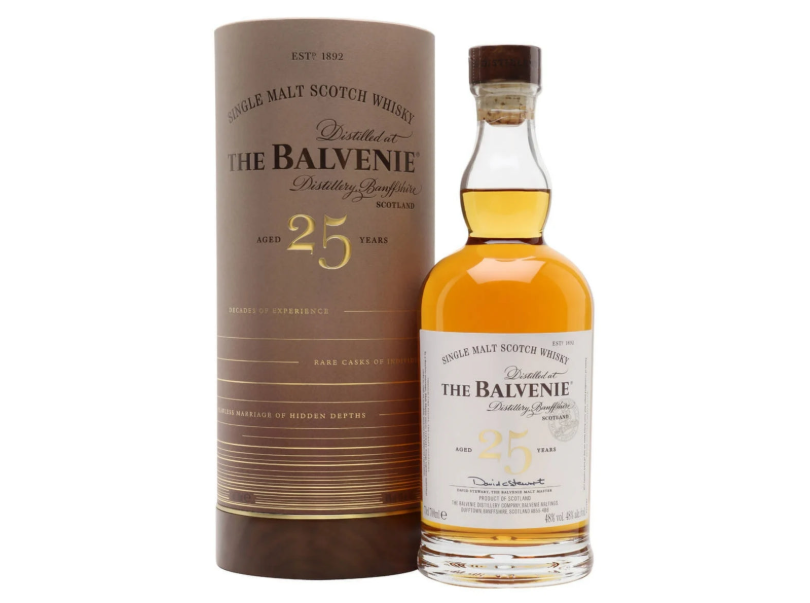
Single malt whiskey has long been a symbol of refinement and craftsmanship, but in recent years, it has also emerged as a smart investment. With rare bottles appreciating in value and collectors around the world vying for limited releases, the world of whiskey collecting has transformed from a niche passion into a serious financial opportunity. Whether you're a seasoned enthusiast or just starting to explore the possibilities, understanding what makes certain bottles valuable is crucial.
Why Collect Single Malt Whiskey?
The allure of collecting single malt whiskey lies in its unique blend of history, craftsmanship, and scarcity. Unlike mass-produced spirits, single malts are made from malted barley and distilled at a single distillery, giving each bottle a distinct character tied to its origin. Many collectors are drawn to the diversity of flavors, aging processes, and regional styles that single malts offer. Others see them as a tangible asset with growing resale value.
Limited-edition releases, discontinued labels, and bottles from closed distilleries can fetch thousands of dollars at auction. As global demand grows, particularly from markets in Asia and North America, scarcity drives up prices. Investing in the right bottles can result in significant returns, provided you know what to look for.
Key Factors That Determine Value
When collecting single malt whiskey, not all bottles are created equal. Several factors influence the value of a bottle, including:
Age Statement: Generally, older whiskeys command higher prices due to longer maturation times, which often enhance complexity and depth of flavor. However, age alone isn't everything—quality and rarity play an equal role.
Distillery Reputation: Renowned distilleries like Macallan, Glenfiddich, and Ardbeg have a strong track record of producing collectible bottles. Whiskey from closed or “silent” distilleries, such as Port Ellen or Brora, often becomes extremely valuable due to its finite supply.
Limited Editions and Cask Strength Releases: Special editions, single cask expressions, and cask strength bottlings are usually produced in small quantities, making them highly sought-after by collectors. These bottles often carry a story, unique packaging, or a signature from the master distiller, adding to their appeal.
Provenance and Packaging: A bottle’s history, including how and where it was stored, can influence its value. Original packaging, intact seals, and pristine labels all contribute to a higher resale price.
How to Start Building Your Collection
Starting a single malt whiskey collection doesn’t require deep pockets right away. It begins with education and research. Learn about the different regions in Scotland—such as Islay, Speyside, and the Highlands—each of which produces single malts with unique flavor profiles. Explore whiskeys from emerging producers in Japan, India, and even Australia, which are gaining international acclaim.
Next, decide your goal: are you collecting for personal enjoyment, long-term investment, or both? For investment purposes, it’s wise to track market trends, auction results, and expert reviews. For enjoyment, diversify your collection with a mix of everyday drams and premium bottles you can savor on special occasions.
With the internet opening up global access, many collectors now buy whiskey online through specialized retailers, distillery websites, or auction platforms. Online purchasing allows access to limited releases that may not be available locally. It also provides transparency on pricing, shipping conditions, and bottle provenance, which are vital for serious collectors.
Storage and Preservation
Preserving your investment is as important as choosing the right bottle. Whiskey should be stored upright, away from sunlight, heat, and humidity. Fluctuating temperatures can damage the liquid or degrade the label and packaging. For high-value collections, consider a climate-controlled cabinet or vault. Proper documentation, such as receipts and certificates of authenticity, also helps maintain resale value.
Avoiding Common Pitfalls
One of the biggest mistakes new collectors make is chasing trends without understanding the market. Just because a bottle is expensive doesn’t mean it will increase in value. Be wary of overhyped releases and always research the brand, bottling history, and recent market behavior. Engaging in whiskey forums or consulting experienced collectors can offer valuable insights.
Additionally, while rare and aged whiskeys are prized, the resale value can be affected if the packaging is damaged or the fill level has dropped. These small details often separate a good bottle from a great investment.
Conclusion
Collecting single malt whiskey is both an art and a science. Whether you're in it for the craftsmanship, the taste, or the potential financial rewards, the key lies in knowing what to collect and how to preserve it. With the right approach, your whiskey collection can become a rewarding asset over time.
For those ready to expand their collection or invest in something special, it’s never been easier to buy whiskey online and discover the next gem.

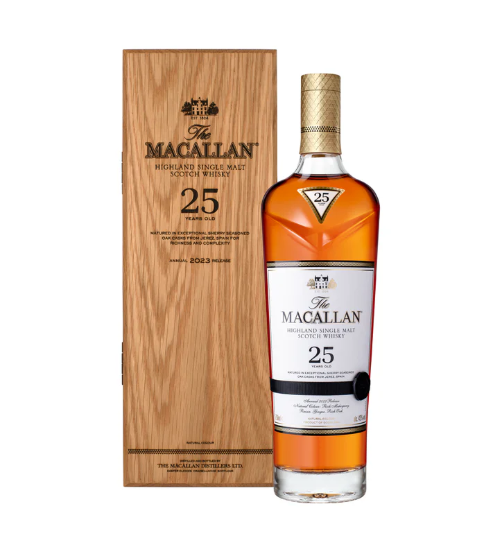
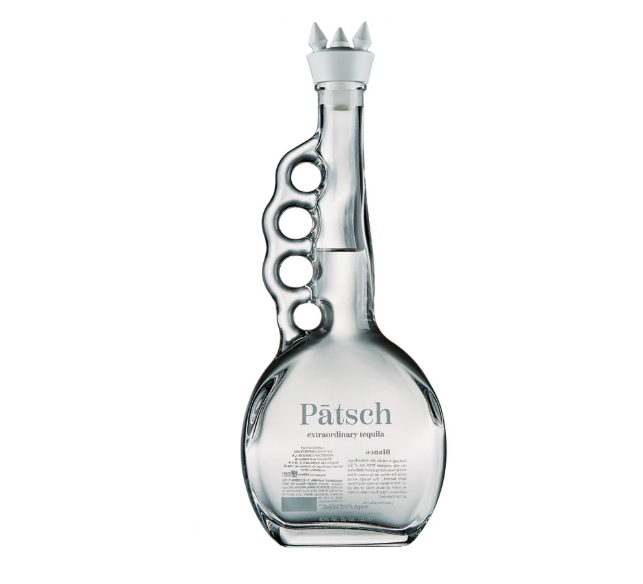
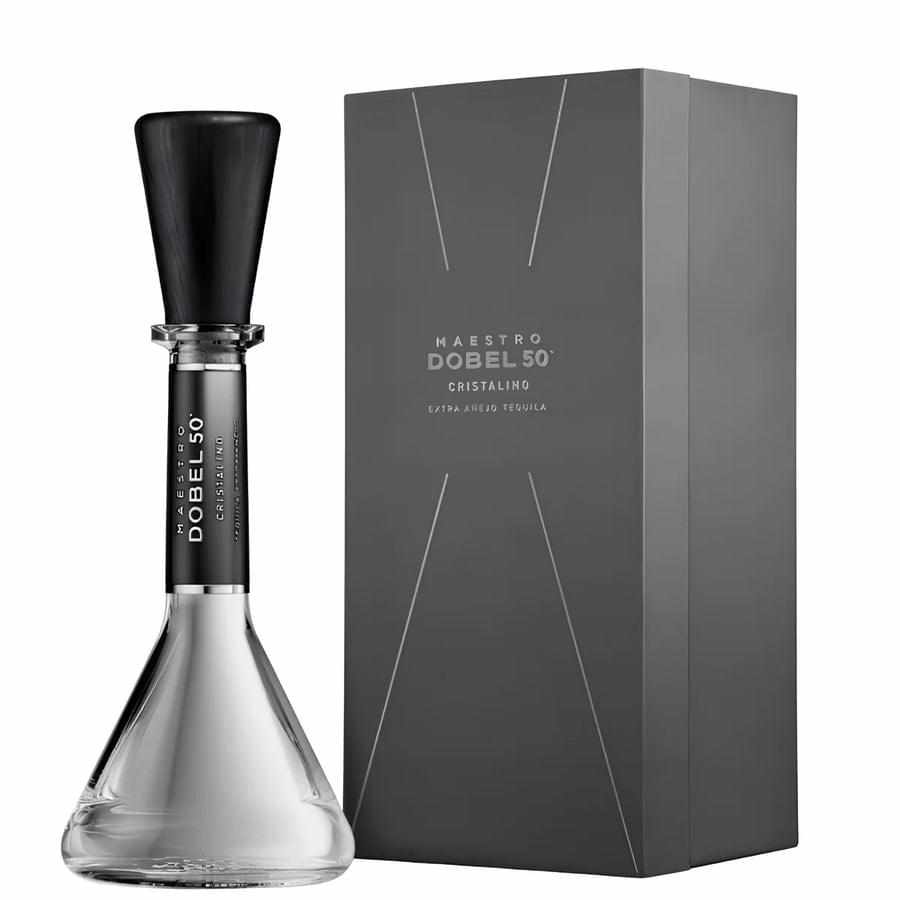
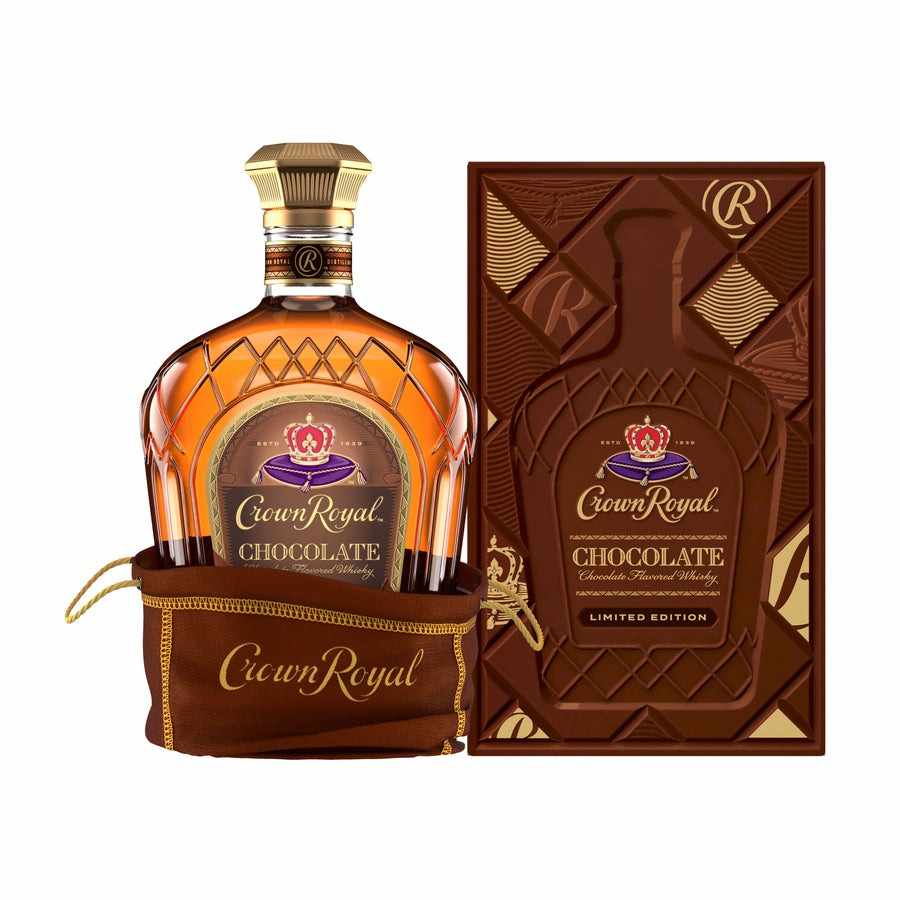
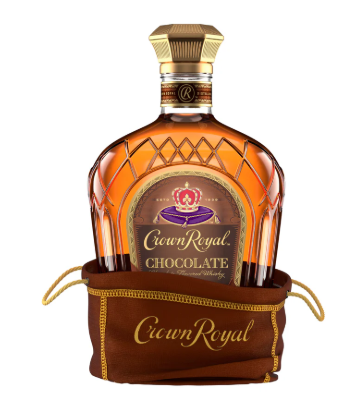
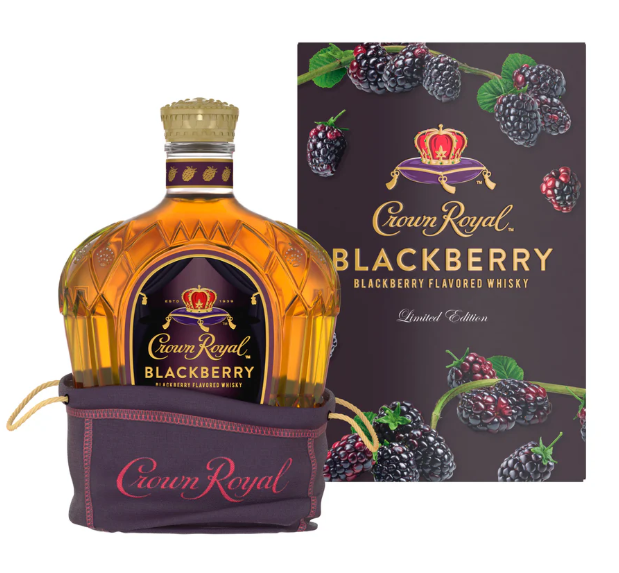
Write a comment ...